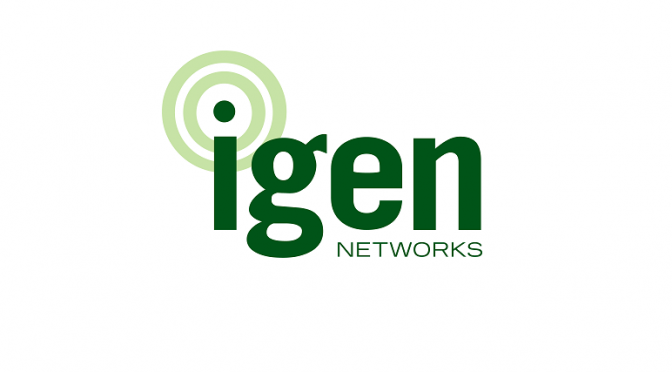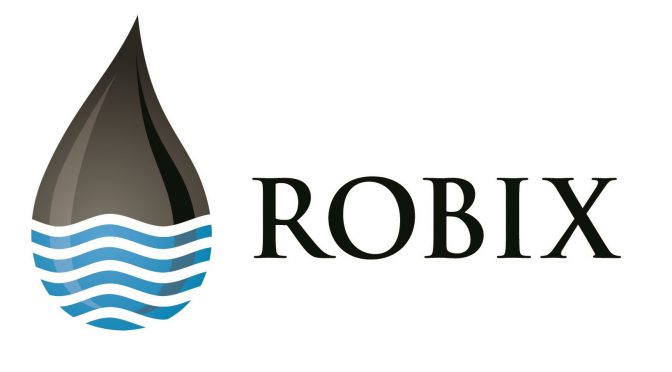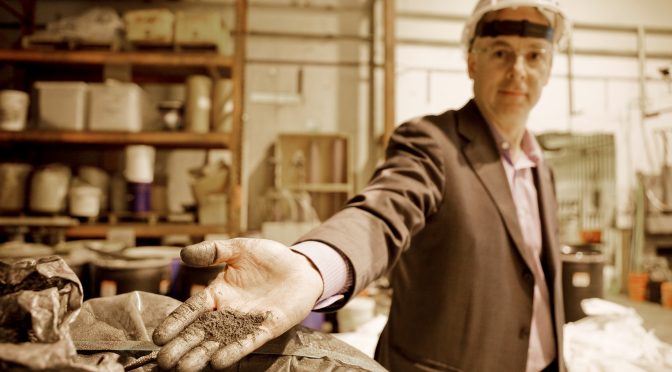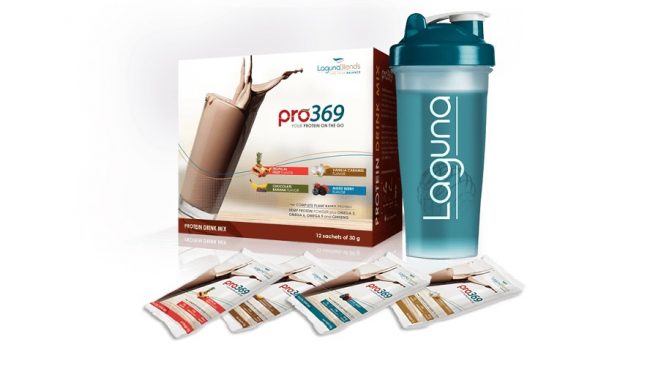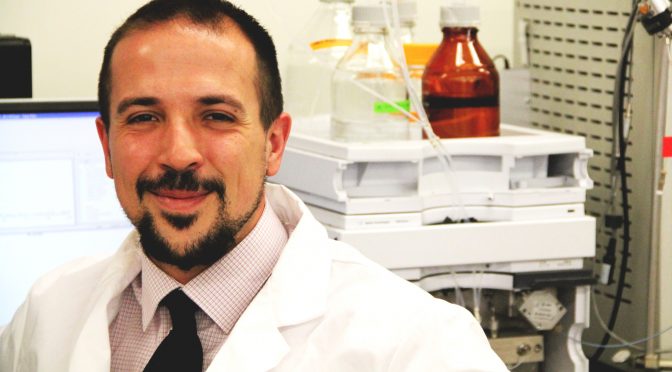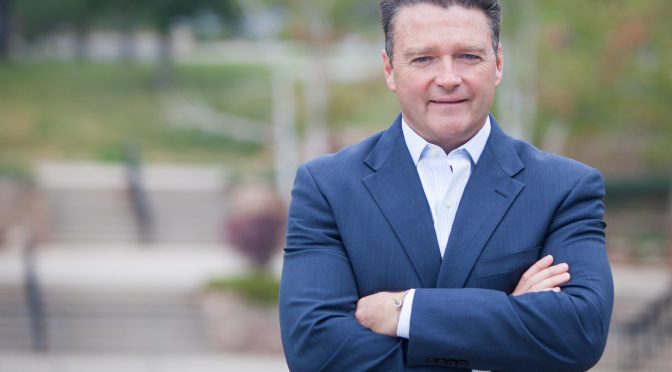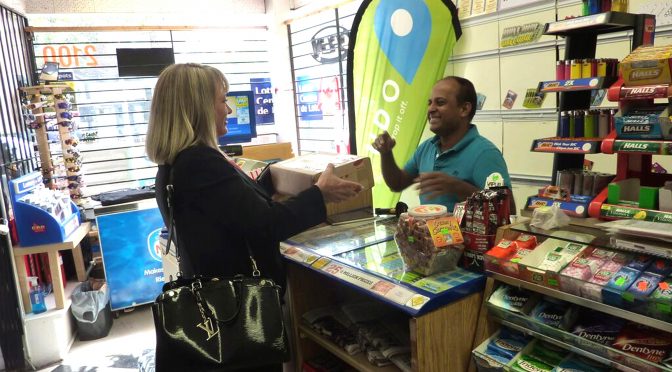Have you ever wished you knew how fast your teenage son was driving your car when he borrows it? Or exactly where dear old dad is when he is 40 minutes late for a family dinner?
Or that your car battery is about to conk out before it does so and leaves you stranded in the middle of a downpour?
If so, then you’ll want to know about IGEN Networks Corp. (CSE:IGN; OTCQB:IGEN), as the company is beginning to commercialise a system that sends all this information and more straight to your mobile phone in real time.
From monitoring the location and driving behavior of family members to tracking a fleet of drivers to ensure they are doing what you pay them to, the enhancements to safety and efficiency are far-reaching.
IGEN President and CEO Neil Chan and his team have really thought this through, to the point that not only does their solution address safety problems for drivers but also marketing problems for car dealers.
The chain of use begins when a new car arrives on a dealer lot and is installed with the IGEN hardware, a box about half the size of a computer mouse. Dealers are able to track cars if they are stolen, and the companies that finance the cars know how many cars are on each dealer lot. They will know which ones too, as the system provides the Vehicle Identification Number unique to each automobile as part of its data feed.
When a customer purchases a new car they have the opportunity to subscribe to the IGEN service and have a full array of real-time data available to them to monitor the conditions and use of their car.
The dealer benefits as well, not only from having sold the system but also because it creates an ongoing connection with the car purchaser. One of the biggest challenges for car dealers is customer retention. In other words, once a customer purchases a car, how do you get them to come back to you for their next purchase, and in the interim how do you keep them loyal to your dealership for oil changes and other service?
Because the IGEN system is monitoring the vehicle, it can automatically inform the owner when it is time for an oil change. But this can be programmed as a dealer function as well. That way, the dealer can e-mail the owner to let them know that their automobile needs servicing, and perhaps send a coupon or some other type of enticement along with the message to encourage the owner to use the dealership.
“Less than 10% of customers come back to the dealer after the warranty period expires,” Chan points out.
It is the classic win-win situation, where the customer and the business both derive clearly identifiable benefits from use of the system.
Another benefit to consumers is the potential for lower insurance rates. In this scenario, the driver chooses an insurance company that agrees to a discounted premium in exchange for the ability to monitor driving habits so the insurer knows if the driver is operating the vehicle safely and adhering to limitations within the terms of the policy. The owner saves money and the insurance company knows it is underwriting someone who realizes they are being monitored and therefore had better drive responsibly.
Chan explains that the insurance industry in the United States suffers some $15 billion each year in what is known as “rating errors,” essentially money left on the table by insurance companies because they are incorrectly assessing the behavior of the drivers they insure. “The fact is they are guessing and don’t really know how you drive,” says Chan.
“The premium discounts come from the ability of the insurance company to have better visibility on your driving patterns. We have the capability within our platform to know whether you are a good driver or a bad driver. We have developed algorithms along with insurance companies to determine that as it relates to premium discounts.”
Chan names some of the biggest insurers in the United States and says “this is where they are heading – if you want a discount on your insurance you will have to have one of these in your car.”
The driving force behind the idea and creation of the technology to support it is Chan himself, whose background fits the IGEN vision perfectly. As Senior Vice President for Sales and Marketing at Webtech Wireless, a leader in GPS-based fleet management, Chan was essentially responsible for executing the company’s strategic plan. Under his watch, Webtech grew to have 800 customers and some 240,000 location devices in over 40 countries.
Earlier in his career, Chan founded and built Motorola’s broadband access business in the Asia Pacific region, establishing 12 regional offices along the way, and was involved in the actual creation of wireless broadband through a company he helped put together called Airvana.
Thanks to these and other Senior roles at successful technology companies, Chan also understands a relatively new, but very important, market that depends on our use of mobile phones, computers and other connected devices – big data.
Once IGEN has enough vehicles equipped with its monitoring hardware, it will be able to profile drivers in different jurisdictions and pool data that can be analyzed to show how people live their lives, via their cars. Marketers, government, infrastructure planners and many others should be willing to pay a pretty penny for IGEN data and related analytics.
“I can be specific regarding the various services we offer but at the end of the day this is our business,” says Chan of analytics. “We know the lifestyle of a family based on the time they are spending in the car. Who is driving and how much time are you spending in various locations throughout the day? There is a lot of information there and our model is targeted at the consumer segment, where we are going to get the biggest sample.”
Almost sure to make that sample larger over time is a relationship with Verizon Wireless in the United States announced on May 21 of this year. Under the agreement, Verizon sales representatives will sell IGEN’s system to automobile dealers in addition to the telephones and other products they are already marketing.
“One of the first things I always used to do was go find the gorilla to hold its hand, and that was usually the carrier. I get inside the carrier to develop a relationship and that is how you expand your channels,” says Chan.
“With the Verizon partnership, we are preparing the Verizon sales force to sell our products and services into dealer channels across the United States. We do business with 500 dealerships now but there are 25,000 new car dealerships in the country, so we have barely scratched the surface.” Chan goes on to explain that a large dealership sees about 500 vehicles pass through its lot every month.
When asked to boil the appeal for drivers down to a single concept, Chan is quick to choose “consumer empowerment.” He explains this using transportation trailblazer Uber as an analogy. “What the difference is between before Uber and the present is now the consumer interacts directly with the driver. It is simple but it has created a billion dollar industry. We’ve bypassed competitors who require you to talk to someone to get information. With IGEN the information goes directly to you.”
And taking that concept one step further, could the benefits extend beyond paying customers by serving one day as a solution to the plague of bad driving? “I believe family behavior changes,” says Chan. “I have never been alerted on speeding with any of my kids when they have taken the car. It does change everyone’s behavior for the better.”
Revenue in the quarter through June 30 was US$289,065, some 90% of it from hardware sales. The first year of service is baked into the initial sale, and profit margins are good, but it is in the second year — the renewals — when the margins get really juicy.
“We are bringing the control back to the consumer,” says Chan in summary. “Providing that direct information to the consumer is really the essence. Being able to collect and use that data, being in the analytics business, is where we think the future is. And we understand technically how all this needs to come together, and what metrics you need to focus on to make sure you have a profitable and ongoing business for the long term.”
Learn more about IGEN Networks Corp. at http://www.igen-networks.com/ and on the CSE website at http://thecse.com/en/listings/technology/igen-networks-corp

